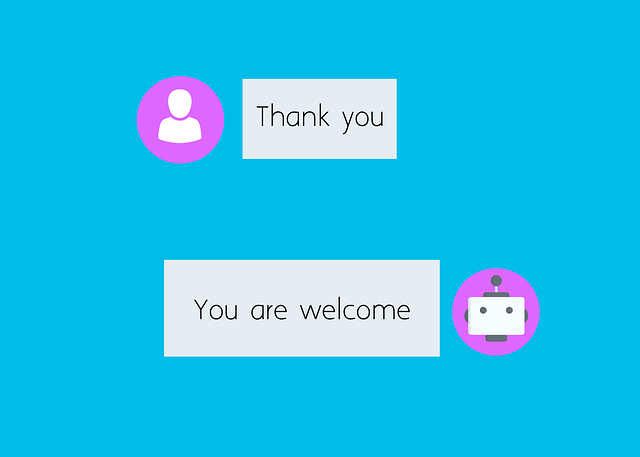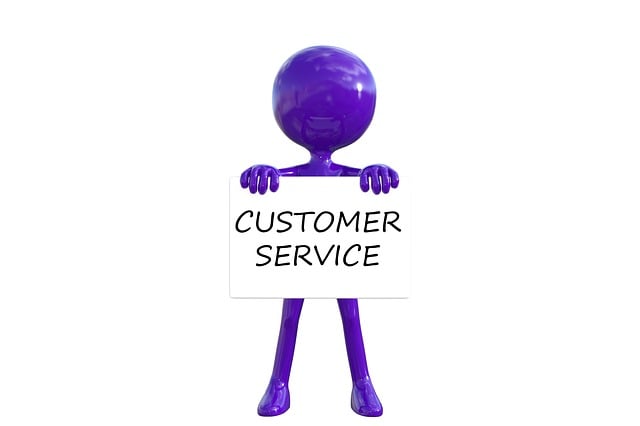Missed calls offer businesses valuable data on customer behavior and preferences. Analyzing these interactions improves CRM strategies, enhances satisfaction, and drives retention by demonstrating responsiveness and personalized engagement. In the digital era, quick responses through live agents, AI chatbots, and automated CRM systems optimize the missed call experience, fostering seamless communication channels and boosting loyalty. Personalized voicemail responses and targeted marketing messages increase customer value and likelihood of retention.
Missed calls can be a powerful tool for engaging with customers, offering valuable insights into their behavior and preferences. In today’s fast-paced world, quick responses are key to enhancing customer satisfaction and loyalty. This article explores best practices for missed call engagement, focusing on understanding customer behavior through these interactions. We’ll delve into effective strategies, the importance of personalization, and how data analysis can optimize retention rates, ensuring your business stays connected with its audience.
- Understanding Missed Calls: Customer Behavior Insights
- Quick Response: Effective Strategies for Engagement
- Personalize Interactions: Building Customer Relationships
- Analyze and Optimize: Enhancing Retention Rates
Understanding Missed Calls: Customer Behavior Insights

Missed calls offer a unique window into customer behavior and preferences, which can be invaluable for businesses looking to enhance their customer relationship management (CRM) strategies. When a customer reaches out but doesn’t get through, it’s not just about the immediate request; it’s a sign of a deeper connection or need. Analyzing these missed call data can provide profound insights into customer satisfaction levels and pain points. By understanding why a customer might be calling—whether it’s to voice a concern, seek support, or express interest in a product—businesses can tailor their responses accordingly.
This information is especially crucial for reputation management, as quick and efficient engagement with customers during these calls can prevent negative experiences from escalating. Businesses that proactively reach out after missed calls demonstrate responsiveness and care, fostering stronger customer relationships. By leveraging this data, companies can refine their processes, improve call center operations, and ultimately create a more positive and personalized experience for each caller.
Quick Response: Effective Strategies for Engagement

In today’s digital age, quick response times are a key factor in customer satisfaction and retention. When a customer leaves a voicemail, every second counts to ensure their initial engagement with your brand remains positive. One effective strategy is to have a live agent review missed calls promptly, ideally within 24 hours. This swift action shows customers that their message is valued and increases the chances of converting them from a potential buyer to a loyal client.
Implementing an ecommerce solution or AI chatbot can further streamline this process. These tools can analyze missed call data, identify patterns, and automatically categorize calls based on content. For instance, an AI chatbot could send a personalized text response to customers who frequently leave messages, inviting them to chat live or providing a direct link to common inquiries in an email marketing campaign. This not only improves customer retention but also creates a seamless experience across various communication channels.
Personalize Interactions: Building Customer Relationships

Personalizing interactions is a powerful strategy to foster customer relationships and improve missed call engagement. When a customer leaves a voicemail, use this as an opportunity to build a connection rather than just responding to a query. A simple greeting with their name and a reference to their previous interaction can make them feel valued. For instance, “Hello John, this is [Company Name] returning your call regarding the product you inquired about last week.” This level of personalization goes a long way in creating a positive experience.
Implementing a CRM (Customer Relationship Management) system can significantly enhance this process. By tracking customer interactions, including missed calls, businesses can gather valuable data for marketing analytics. Using social media marketing automation tools, companies can automatically send personalized messages to customers who have left voicemails, ensuring they feel heard and increasing the chances of retaining them as loyal customers.
Analyze and Optimize: Enhancing Retention Rates

After a missed call, the first step is to analyze the reasons behind it. Understanding customer behavior and preferences through data analysis can significantly improve retention rates. This includes reviewing call logs, identifying patterns, and segmenting customers based on their engagement history. By doing so, businesses can tailor their follow-up strategies, ensuring relevant and timely communication.
Optimizing missed call engagement involves implementing automation tools within a robust customer relationship management (CRM) system. An ecommerce solution that integrates automation can automatically trigger personalized messages, such as thank-you notes or product recommendations, based on the context of the missed call. This not only improves customer experience but also increases the chances of conversion and long-term retention.
Effective missed call engagement strategies, encompassing quick responses, personalized interactions, and data-driven optimization, can significantly enhance customer satisfaction and retention rates. By leveraging these best practices, businesses can transform what was once a potential dissonance point into a powerful tool for building lasting relationships with their customers. In the competitive landscape of today’s market, prioritizing missed call management is no longer an option but a necessity for driving business growth.
